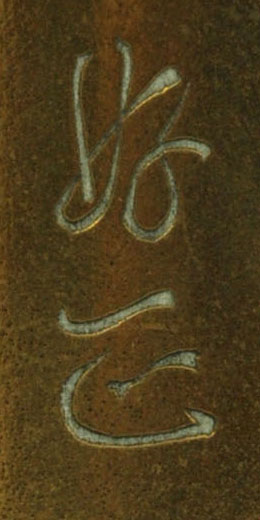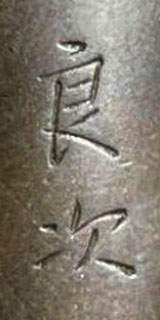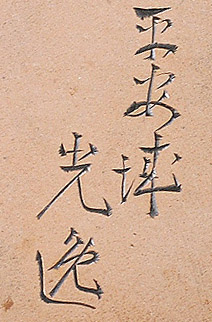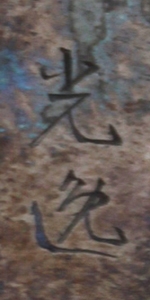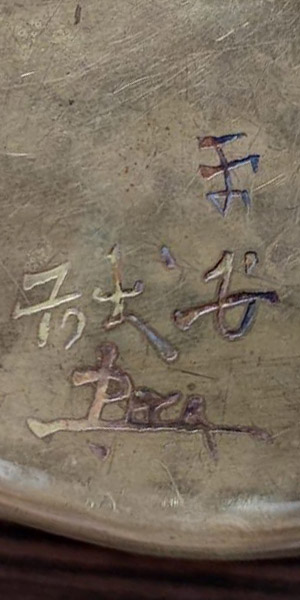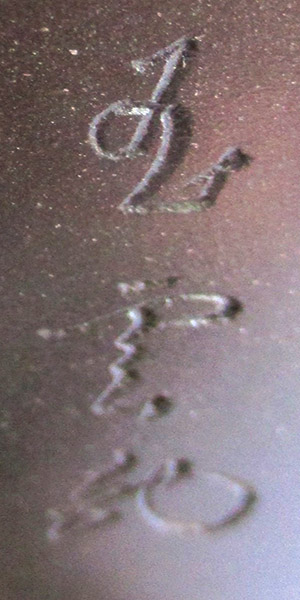
Nogawa, Noboru [能川登]




Nogawa's expert workmen pouring molten bronze into moulds

Inside the workshop
Addresses and locations
22, Shijo Otabicho, Kyoto.
35, Shijo Otabicho, Kyoto.
Exhibitions
Participated in the following exhibitions (incomplete list):
1893: The World's Columbian Exposition (Chicago, USA).
1900: The Exposition Universelle of 1900 (Paris, France). Honorable Mention.
1904: Louisiana Purchase Exposition (Saint Louis, USA).
1915: Panama-Pacific International Exposition (San Francisco, USA).
1925: International Exhibition of Modern Decorative and Industrial Arts (Paris, France).
1933: A Century of Progress International Exposition (Chicago, USA).
Exposition record |
(1900) record |
Exposition record |
Louisiana (1904) Exposition |
Exposition record |
Panama-Pacific (1915) Exposition |
Decorative and Industrial Arts (1925) record |
Exhibition of Decorative and Industrial Arts (1925) |
Exposition (1933) record |
Marks
The trade mark of the Nogawa workshop:
の ("no") 川 ("kawa")
[in compounds 川 reads as "gawa"]
の ("no") 川 ("kawa")
[in compounds 川 reads as "gawa"]
The trade mark on a Zogan item, inlayed with gold
Trade mark variations:
inlayed, stamped, and carved
inlayed, stamped, and carved
Individual marks of artists from the Nogawa workshop
義正
Yoshimasa
Yoshimasa
玉雲
Tamamo
Tamamo
光良
Koryo
Koryo
芳秀
Yoshihide
Yoshihide
Advertisements
Records from old books
Examples (from the web)
|
|
|---|
|
|
|---|
|
|
|---|
|
|
|---|
|
|
|---|
|
|
|---|
|
|
|---|
|
|
|---|
|
|
|---|
|
|
|---|
|
|
|---|
References
"N. Nogawa Bronze Company and its Mark", by Frederic T. Schneider, "Daruma" magazine, vol. 40, 2003.
Old Photos Japan website.
























































